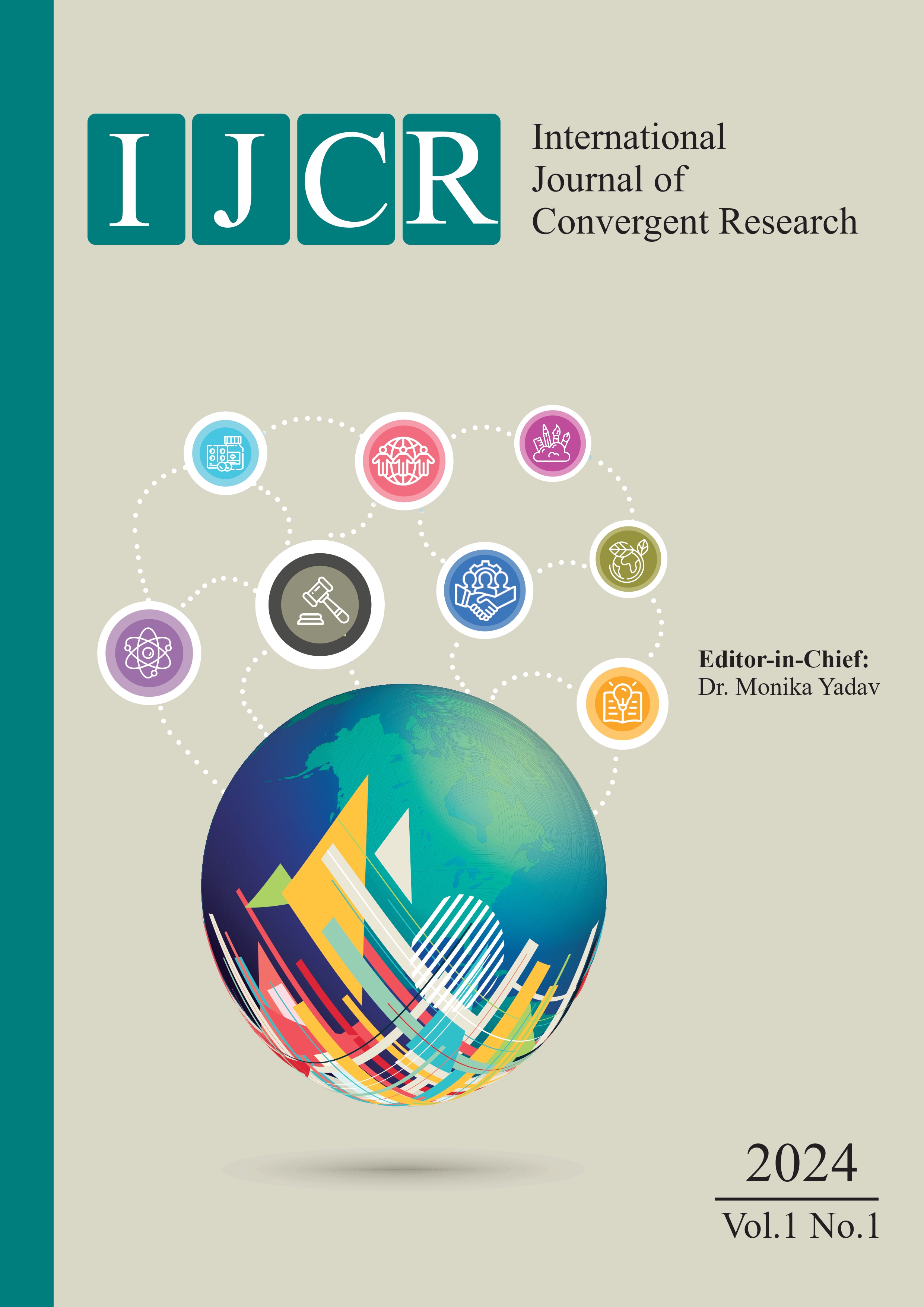Relationship between Precipitation and Cyclones in the Bay of Bengal India during 2015-2019: Using Tropical Rainfall Measurement Mission (TRMM)
Keywords:
(BoB) Bay of Bengal, TRMM, tropical cyclone, precipitation, SSTAbstract
The Bay of Bengal (BoB) is a cyclone hotspot as it's warmer than the Arabian Sea. The North Indian Ocean, according to Neumann, was home to 7% of all worldwide Tropical Cyclones (TCs) (NIO). TCS was relatively common in the Bay of Bengal (BoB), accounting for 5% of all worldwide TCs. May, October, and November were the months with the greatest TC activity, while January, April, and July had the weakest TC activity. To evaluate the distribution of TC rainfall throughout an inter-annual and monthly timescale, rainfall data from the Tropical Rainfall Measurement Mission (TRMM) were employed (i.e., how much TC contributed to total rainfall). Using TC best track data from the Indian Meteorological Department, this article initially examined TC activity in this region from 2015 to 2019 (January–December) (IMD). The present study describes the role of cyclones in seasonal rainfall over the period from 2015 to 2019. The precipitation does not depend upon any stage of cyclones, it sometimes peaks higher value at the D stage, sometimes also at its mature stage. The study also concludes that the maximum rainfall does not have to be proportional to the intensity. The rainfall areas of a TC are not proportional to its intensity; Therefore, TC categories with higher intensities do not generate excessive rainfall.
Downloads
Published
How to Cite
Issue
Section
License
Copyright (c) 2024 Anupama Sahoo, Ghulam G. Zahid, Nepal Singh, Usman Aarif Chaudhary, Mohammad Zahbi, Dr. Ajhar Hussain

This work is licensed under a Creative Commons Attribution 4.0 International License.



